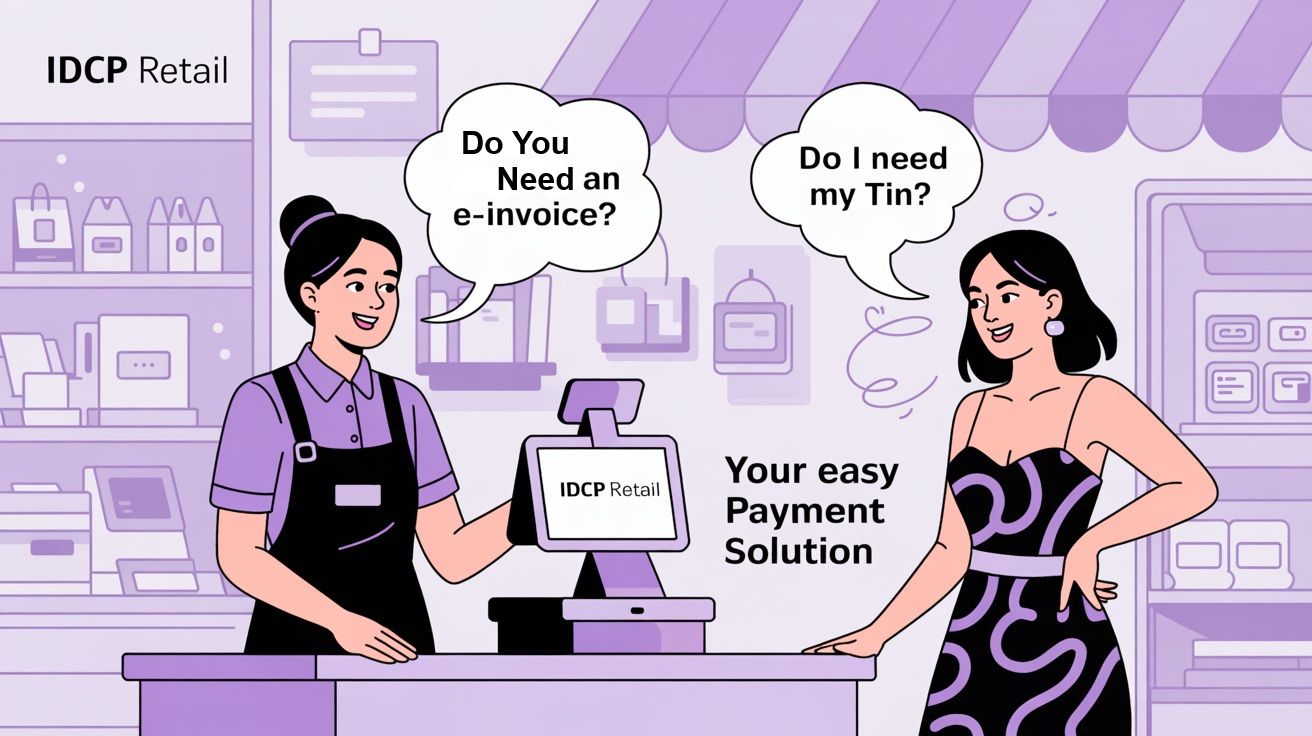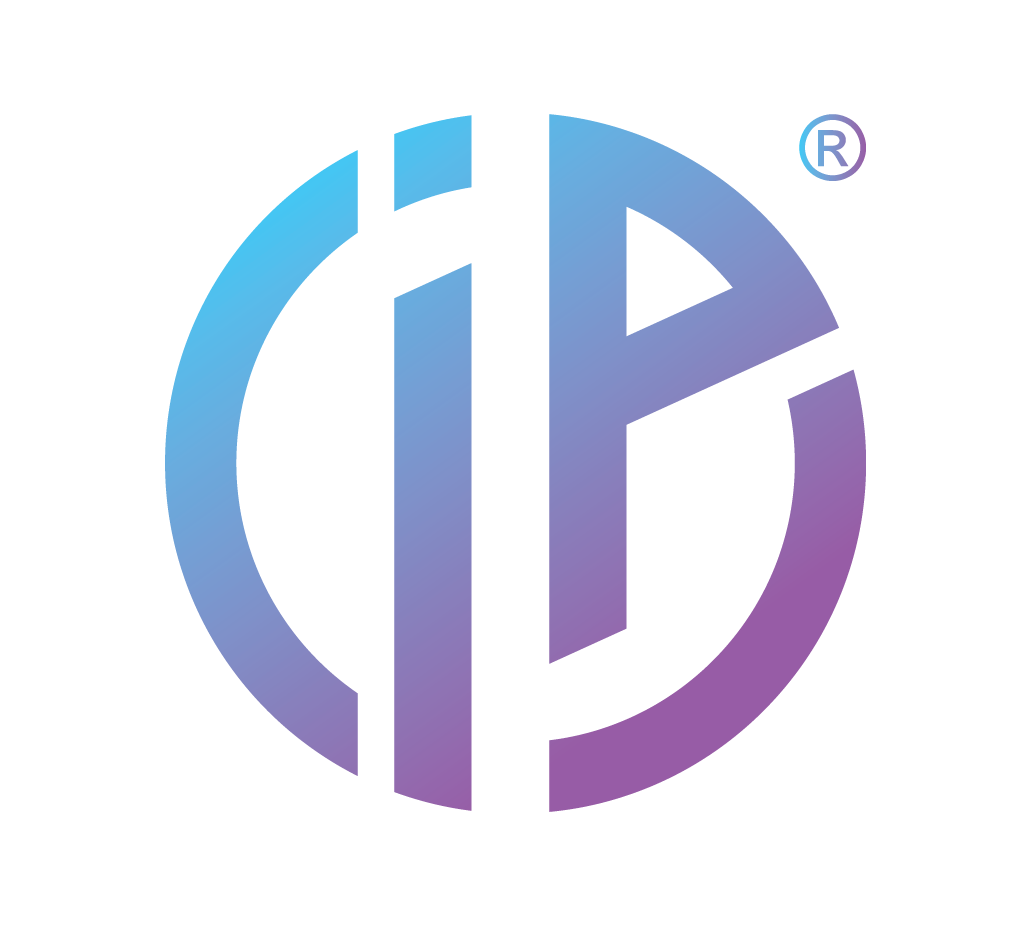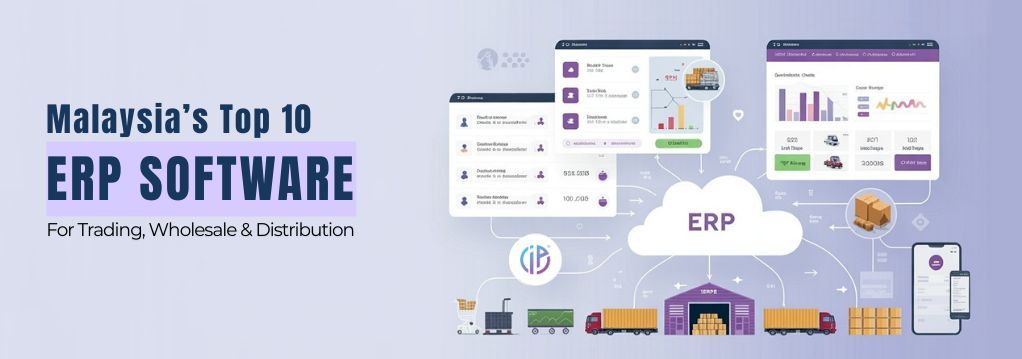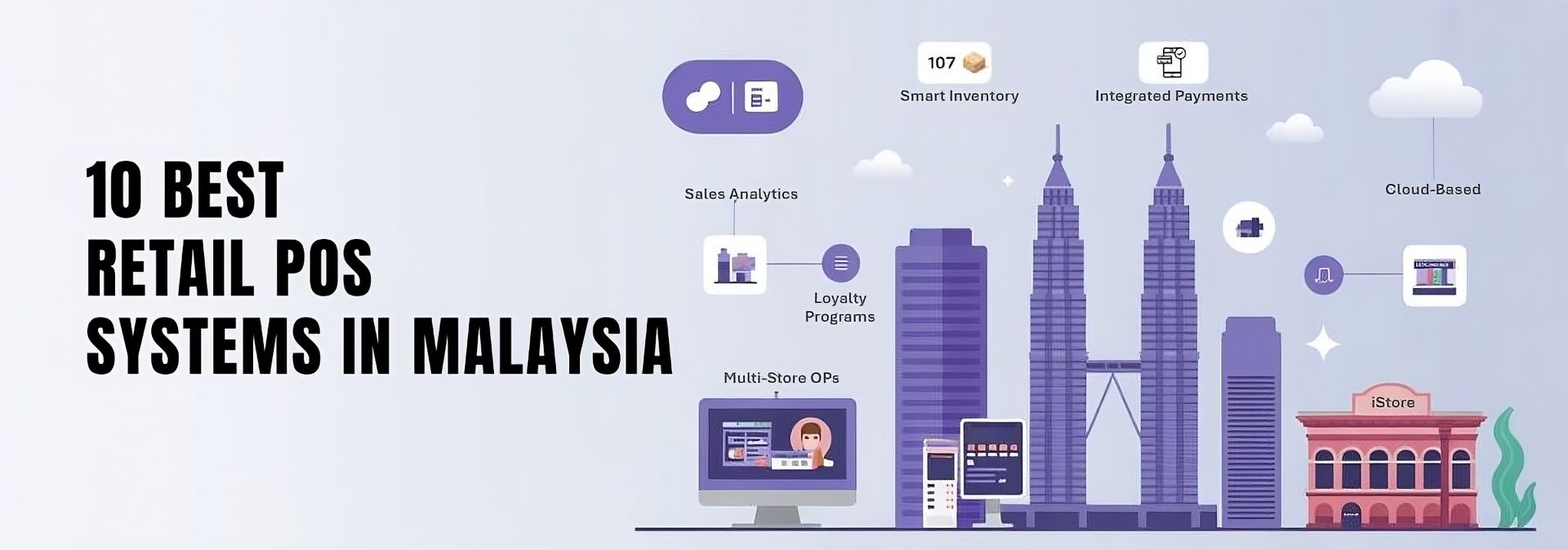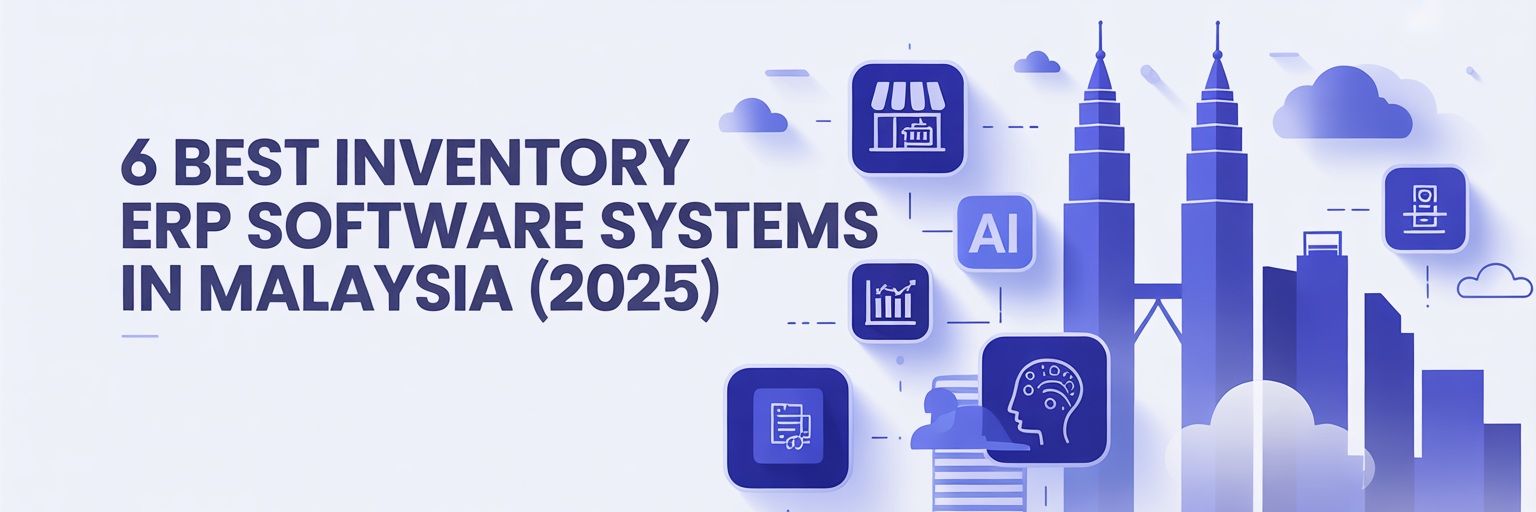Malaysia’s e-Invoicing mandate, effective August 2025, replaces traditional receipts with validated e-Invoices. This transformation changes how transactions are recorded, shared, and reported to LHDN.
At iDCP Systems, we make the transition seamless- from retail POS counters generating e-Invoices in seconds to automated ERP and API integration with LHDN’s MyInvois Portal.
Based on our work with retailers and distributors, we’ve compiled
50 FAQs
from both customer and business perspectives. These cover real-world issues like compliance timelines, POS operations, consignment transactions, credit notes, and ERP integration.
Part A: Retail Customer FAQs about e-Invoicing
1. When do I need an e-Invoice at the retail POS counter?
You only need to request an e-Invoice if your purchase is related to income tax claims or will be used as a business expense. For personal shopping, a normal receipt is sufficient and works as your record.
2. How do I request an e-Invoice at a retail shop and what information is required?
Simply inform the cashier during checkout that you would like an e-Invoice. You’ll need to provide details such as your name, email, phone number, and Tax Identification Number (TIN). For businesses, additional information like your Business Registration Number (BRN) or SST Registration Number may also be required.
3. Where can I find my TIN number?
You can retrieve your TIN online through the
MyTax portal. Alternatively, you may call the HASiL Care Line at +603-8911 1000 or +603-8911 1100 if calling from overseas.
4. What is the correct format for an Individual TIN?
Individual TINs use the prefix
IG, followed by a numeric sequence with up to 14 characters. Examples include IG56003500070, IG4040080091, and IG115002000. Always provide the complete number including the prefix.
5. What is the difference between an e-Invoice and a normal receipt?
A receipt is mainly for your own reference, while an e-Invoice is validated by LHDN and includes a Unique Identifier Number (UIN) and QR code. With
iDCP POS System, both documents are generated automatically, ensuring that customers enjoy convenience while businesses stay compliant.
6. How do I view or verify the e-Invoice I received?
Every validated e-Invoice contains a QR code printed on the receipt. By scanning the code with your mobile device, you’ll be directed to the official LHDNM MyInvois portal, where you can confirm the authenticity and accuracy of the invoice.
7. There are discrepancies on the e-Invoice I received. What should I do?
If you notice errors such as wrong price, quantity, or buyer details, report it to the store or retailer’s HQ immediately. They can cancel and reissue the invoice within 72 hours, or issue a debit note, credit note, or refund note if the timeframe has passed.
8. How long does it take for an e-Invoice to be validated at the POS counter?
Validation usually happens in near real-time, often in less than two seconds. Once the cashier completes the sale, the system sends details to LHDN’s MyInvois platform, which returns a validated invoice with a Unique Identifier Number (UIN) and QR code almost instantly. Refer to
LHDN e-Invoice Guideline Version 4.5.
9. Can a retail customer edit an e-Invoice?
No, customers cannot edit e-Invoices themselves. If there’s a mistake, the retailer must cancel and reissue it within 72 hours, or use credit/debit/refund notes if the deadline has passed. This ensures proper audit trails and compliance with LHDN rules.
10. How will I receive my e-Invoice?
At retail outlets using
iDCP POS System, the e-Invoice QR code is printed directly on the receipt. Customers can scan the code to instantly access the validated invoice online, making it simple to store, share, or download for tax or business purposes.
11. Can I use my e-Invoice for product returns or warranty claims?
Yes, e-Invoices are recognized as official proof of purchase. They can be used for returns, exchanges, or warranty claims just like a receipt, but with the added benefit of LHDN validation.
12. What happens if I lose my e-Invoice?
If you lose your e-Invoice, you can always request another copy from the retailer. Since
iDCP POS System
securely stores every validated invoice, the business can quickly resend or reprint it without complications.
13. Do e-Invoices affect loyalty points or discounts?
No, customers still earn loyalty points and enjoy promotions as usual. The e-Invoice process only affects how transactions are validated and reported to LHDN, not the rewards or benefits you receive.
14. How can I get an e-Invoice for my online purchase?
When shopping online, you can request an e-Invoice directly from the seller’s platform. After providing your tax details, the e-Invoice will be validated and delivered to your email with a QR code from LHDN.
15. Can I request an e-Invoice for past transactions?
You may request an e-Invoice from your supplier
within the same month
of the purchase. For example, a transaction on 15 September can be requested until 30 September, but invoices from previous months cannot be backdated.
16. How fast will I receive an e-Invoice after my purchase?
Most e-Invoices are validated in seconds by LHDN and delivered almost instantly. Customers usually receive their invoice right at checkout, without any delay to the shopping experience.
17. Is my personal data safe when receiving e-Invoices?
Yes, only essential information like your name, TIN, or email is included in e-Invoices. With iDCP ERP System, all data is encrypted and transmitted securely to LHDN, ensuring your privacy is protected.
